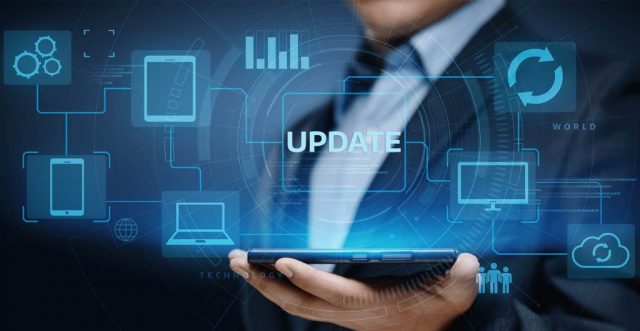While large businesses across multiple sectors rely on mobile devices like tablets and kiosks to optimize their operations, managing them can be challenging, especially when they are located at different locations.
That’s why many corporations invest in Mobile Device Management (MDM) technology. And as this essential guide to MDM software explains, remote configuration is a key feature of mobile device management tools. Remote configuration allows businesses to remotely manage and control their devices, applications, and content, providing a host of benefits that can contribute to overall success.
The Benefits of Remote Configuration for Businesses
Implementing remote configuration can be very useful for any organization that deploys a fleet of devices.
1. Greater Control
It’s in any corporation’s interests to have more control over their device fleet. With remote configuration, businesses can manage and modify device settings such as network configurations, security policies, and critical software updates. Such actions improve security and device optimization.
2. Troubleshooting
Troubleshooting is one of the biggest challenges IT teams face today. Fortunately, remote configuration is a big help in this regard. Instead of relying on users to describe the problem over the phone, IT teams can remotely access the device and diagnose the issue firsthand. Remote access allows them to troubleshoot more effectively.
3. Time-Saving
As the cliche goes, time is money in the corporate world. Having fast remote access means more effective control, reducing the time-consuming risk of errors. Additionally, remote configuration eliminates the need for physical intervention, resulting in faster issue resolution.
4. Physical Security
Keeping tabs of data-rich assets is critical nowadays. With remote device tracking, businesses can keep tabs on the location and status of their devices. Businesses can easily locate devices with remote configuration MDM tools, and assign them to specific users or locations, eliminating the need for manual tracking and reducing the risk of misplaced or lost devices.
5. Application Management
Application management is a crucial aspect of remote configuration. With remote configuration, businesses can remotely install, update, and remove applications across all their devices.
6. Content Management
Deploying content remotely is particularly useful for businesses that frequently update or distribute content, such as sales presentations, product catalogs, or training materials.
Additionally, businesses can remotely wipe or remove content from devices, providing an added layer of security in case of loss or theft.
Best Practices for Implementing Remote Configuration
- Clearly define your objectives and expectations for remote configuration. Identify the specific areas where remote configuration can provide the most value to your business.
- Ensure that the devices you plan to remotely configure are compatible with your chosen modern MDM solution. Consider factors such as device capabilities, operating systems, and security features.
- Implement robust security measures to protect your devices and data. This may include encryption, strong passwords, and multi-factor authentication.
- Provide comprehensive training to your IT team and end-users on how to effectively use remote configuration tools and features. This will ensure that everyone understands the benefits and limitations of remote configuration.
- Continuously evaluate the effectiveness of your remote configuration implementation and make necessary updates. Keep up with the latest advancements in remote configuration technology to maximize its benefits for your business.
Remote configuration offers businesses a powerful tool to streamline operations, enhance security, and improve efficiency. Select the right MDM software and implement it correctly to get the most out of remote configuration.
Follow Techiemag for more!
Table of Contents








